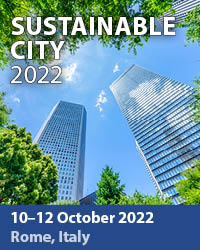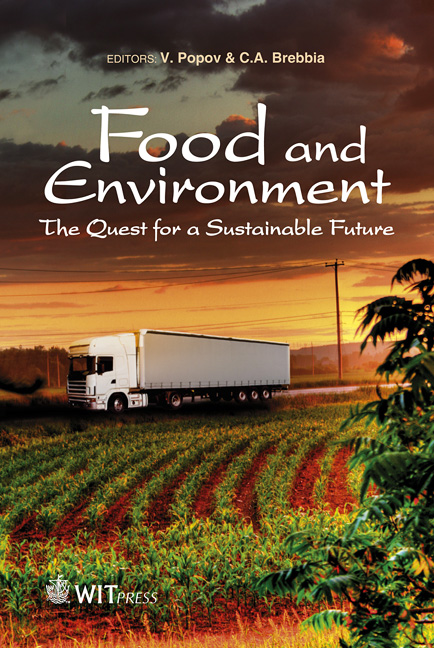Environmental Impacts Of Local Food Production In Japan And Changes Needed For Future Sustainability
Price
Free (open access)
Transaction
Volume
152
Pages
9
Page Range
3 - 11
Published
2011
Size
383 kb
Paper DOI
10.2495/FENV110011
Copyright
WIT Press
Author(s)
S. Mishima & K. Kohyama
Abstract
We employed the distance-to-target method to devise a single environmental impact indicator (EII) of the total environmental impact of agricultural production, mainly fertilizer use. We focused on the effects of fertilization on greenhouse gas (nitrous oxide, N2O) emission, groundwater pollution by nitrogen (N) through leaching and surface (river) water eutrophication by N and phosphorus (P) through erosion as environmental impacts in the base year of 1990 as well as in 2005. We estimated each environmental impact in all (47) prefectures and at the Japanese national scale as a reference value. Target values were set temporally, except N2O emission, which has a midterm governmental target. The EII in each prefecture in 1990 and 2005 was calculated from normalized environmental impacts and weighting factors using reference and target values. The EII in each prefecture ranged from 0.9 to 81.1 in 1990 and from 0.7 to 68.4 in 2005. Surface water eutrophication by N and P contributed greatly to the EII, especially in prefectures with high EII values. To mitigate high EII values, the agricultural sector should reduce the N surplus by decreasing the fertilizer input and fertilizing with P dependent on soil P fertility to prevent excessive accumulation of P. Keywords: distance-to-target method, environmental impact indicator, fertilization, prefectural scale. 1 Introduction Although fertilization is essential for agricultural production, it causes various negative environmental impacts, such as greenhouse gas emissions, eutrophication and pollution of surface and groundwater. Previous studies have
Keywords
distance-to-target method, environmental impact indicator, fertilization, prefectural scale





